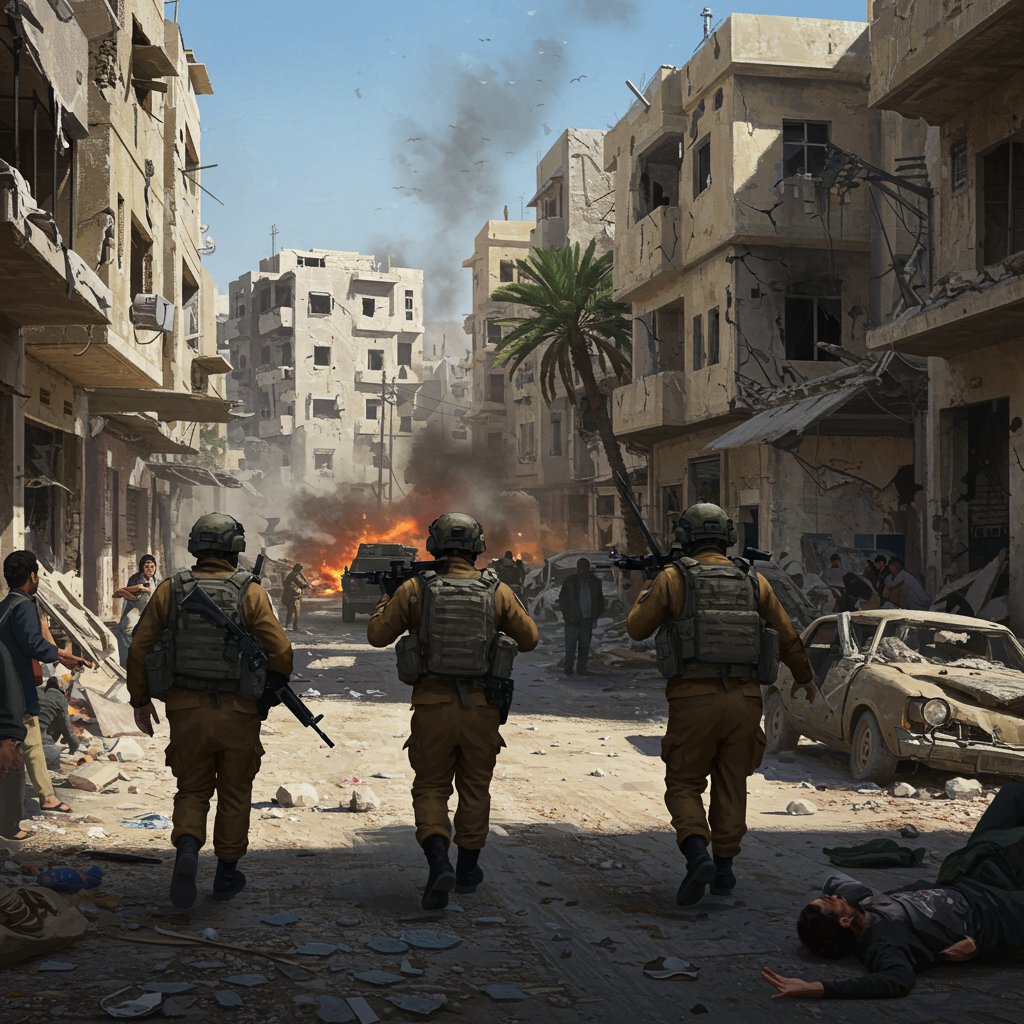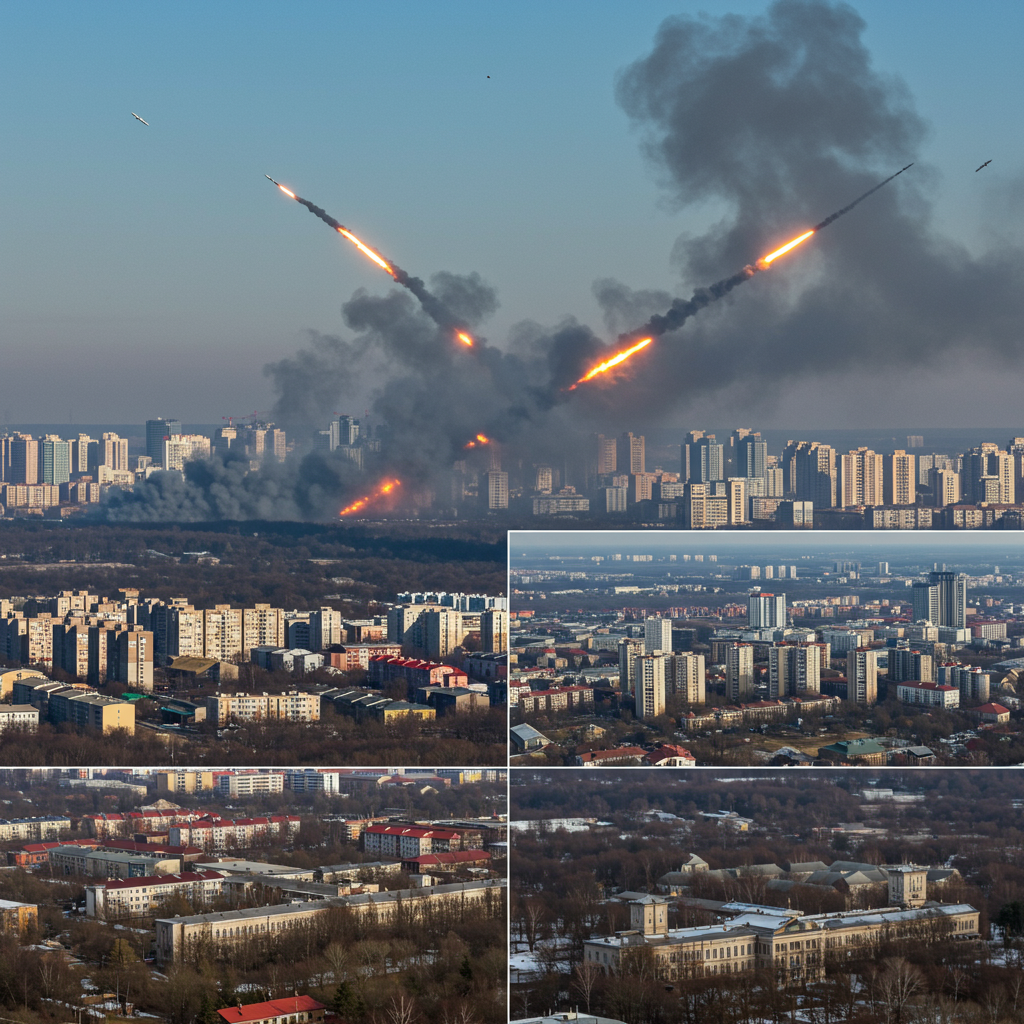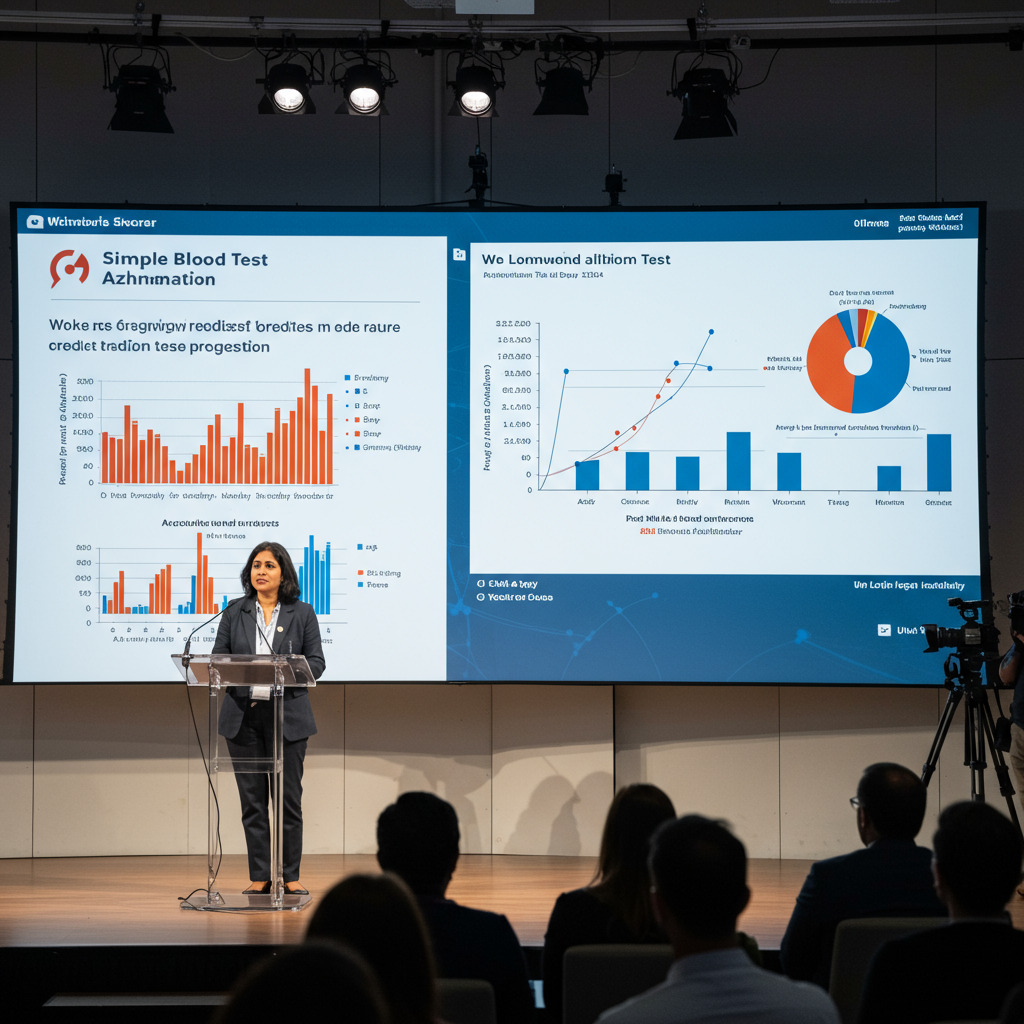As Israeli forces press deeper into Gaza City, fears mount over an impending and brutal phase of urban warfare. This intensified push targets what Israel identifies as Hamas’s “last stronghold,” aiming to dismantle the militant group and secure the release of remaining hostages. The advance triggers a desperate scramble for survival among hundreds of thousands of civilians trapped in a humanitarian crisis of unprecedented scale, while the conflict’s ripple effects escalate regional tensions.
Escalating Confrontation: Israel Nears Gaza City Centre
The current Israeli ground offensive, initiated weeks ago, has been meticulously paved by large-scale air strikes and the demolition of key infrastructure across Gaza City. Reports confirm Israeli armoured vehicles are now operating within close proximity to vital locations like the central al-Shifa hospital and the main UN compound. These movements signal an imminent direct confrontation within the densely populated urban heart of Gaza. Israel’s stated objectives are clear: “eliminate terrorists” and rescue the 48 remaining hostages, 20 of whom are believed to be alive.
Hamas Prepares for “Final, Decisive Battle” in Urban Labyrinth
Hamas, meanwhile, is reportedly marshalling its forces for what it calls a “final, decisive battle” in Gaza City. A Hamas figure claimed the group is ready to deploy as many as 5,000 fighters, significantly exceeding the IDF’s estimate of 3,000. Military commander Izz al-Din al-Haddad has reportedly ordered all available fighters across the Strip to converge on the city. The militant group asserts that some of its extensive tunnel networks remain intact, offering strategic advantages for protracted urban warfare tactics.
The group has adapted its approach, learning from previous engagements and shifting towards guerrilla tactics and ambushes. This strategic pivot follows orders from their previous military chief, Mohammed Deif, designed to mitigate heavy losses. These tactics pose significant challenges to conventional military operations within a dense urban environment, where buildings and narrow streets can be transformed into fortified positions and ambush points.
Evolving Military Tactics and Information Warfare
In response to Hamas’s adaptive strategies, Israeli forces are reportedly employing diverse methods. These include rapid incursions into urban areas, followed by swift withdrawals, to disrupt militant strongholds. Israeli media has also detailed the use of remotely controlled armoured vehicles packed with explosives to target Hamas positions or destroy buildings suspected of harbouring fighters. Additionally, small quadcopter drones equipped with loudspeakers have been deployed by Israel to broadcast evacuation warnings to civilians, reportedly causing widespread panic.
The flow of verifiable information from Gaza remains severely restricted. Israel’s ban on independent entry for international journalists into the Gaza Strip, in place for nearly two years, complicates the independent verification of claims from both sides. While some journalists have been granted controlled access by the IDF, the broader media blackout creates an information vacuum.
Gaza’s Internal Struggles and Shifting Power Dynamics
Beyond the immediate conflict with Israel, Gaza City faces complex internal dynamics. Recent reports highlight public executions of men accused of collaborating with Israel. One such incident, verified by the BBC, occurred near Shifa hospital, where masked gunmen executed three blindfolded men, praising Hamas’s armed wing. This indicates internal efforts by resistance groups to assert authority and suppress perceived dissent.
Notably, one of the executed individuals was identified as Yasser Abu Shabab, a figurehead of a clan reportedly armed by the Israeli government in Rafah. His group presented itself as an opposition force to Hamas. This aligns with earlier statements from Israeli Prime Minister Benjamin Netanyahu about arming anti-Hamas clans. A senior Hamas security officer previously indicated that the group had lost significant control over parts of the Gaza Strip, with armed clans stepping into the void, further complicating the internal power landscape. This internal fragmentation adds another layer to the conflict’s destructive impact on civilian life.
A Catastrophic Humanitarian Crisis Unfolds
The military operations have plunged Gaza City into a profound humanitarian catastrophe. The ongoing ground offensive has forced thousands of Palestinian families to flee south. The coastal al-Rashid road serves as the sole permitted evacuation route. The UN estimates that 321,000 people have fled south since mid-August, while the IDF puts the figure much higher at 640,000.
The journey itself is fraught with danger and exorbitant costs, often exceeding $3,000 (£2,450) per family for transport, far beyond the means of most residents. Many are forced to abandon their belongings. Hundreds of thousands of residents remaining in Gaza City endure constant bombardment, face collapsing healthcare infrastructure, and grapple with critically dwindling supplies of food and water. A UN-backed agency confirmed a famine in the area in late August, exacerbating the already dire situation. Aid agencies condemn the “unconscionable inhumanity,” warning of an “even deeper catastrophe” for civilians.
Regional Tensions Escalate Beyond Gaza’s Borders
The conflict’s repercussions extend far beyond the Gaza Strip, triggering a dangerous regional escalation. The Iranian-backed Houthi group in Yemen has repeatedly launched drone attacks towards Israel in solidarity with Palestinians. A recent drone strike on the southern Israeli resort town of Eilat caused significant damage and injured 20 people, with two suffering serious limb injuries. The Houthis claimed responsibility, threatening further “Israeli enemy targets.” This attack follows previous Houthi strikes on Tel Aviv and Ramon Airport, to which Israel has retaliated with bombings on Houthi-controlled areas of Yemen.
Further compounding regional instability, Israel conducted an air strike on Hamas leaders in Doha, Qatar. This unprecedented attack targeted a sovereign nation actively involved in peace negotiations, killing five Hamas members and a Qatari security officer. The strike drew immediate international condemnation, including from the UN Security Council, and sparked a critical emergency summit of Arab and Islamic states in Qatar. Qatar, a crucial mediator in indirect negotiations between Hamas and Israel, underscored the strike’s potential to destabilize ongoing peace efforts and urged the international community to cease “double standards” regarding punitive measures.
The Human Cost of an Enduring Conflict
The current Israeli military campaign was launched in response to the Hamas-led attack on southern Israel on October 7, 2023, which resulted in approximately 1,200 deaths and 251 people taken hostage. Since then, the Hamas-run health ministry in Gaza reports that at least 65,419 people have been killed in Israeli attacks in Gaza. This devastating toll highlights the immense human cost of the enduring conflict, marked by intense urban combat and a deepening humanitarian catastrophe. The complex interplay of military objectives, shifting tactics, internal struggles, and escalating regional involvement paints a grim picture for the future of the region.
Frequently Asked Questions
What defines the intense urban combat expected in Gaza City?
The anticipated urban combat in Gaza City is characterized by close-quarters fighting within densely populated areas, utilizing the complex infrastructure of the city itself. Hamas is reportedly preparing to deploy thousands of fighters, leveraging its extensive tunnel networks and adopting guerrilla tactics such as ambushes. Israeli forces, in turn, are using methods like rapid incursions, remotely controlled explosive vehicles, and drone warnings to civilians. This environment makes verifying information challenging and significantly elevates risks for both combatants and the hundreds of thousands of civilians still present.
What is the humanitarian situation and primary escape route for civilians in Gaza City?
The humanitarian situation in Gaza City is catastrophic, marked by constant bombardment, collapsing hospitals, and dwindling essential supplies. A UN-backed agency has confirmed famine conditions. Civilians attempting to flee south must use the coastal al-Rashid road, the only route currently permitted by the Israeli military. The journey is dangerous, expensive, and often forces families to abandon belongings. While hundreds of thousands have fled, many more remain trapped, facing dire conditions and limited avenues for escape.
How have recent regional incidents, like drone attacks, impacted the Gaza conflict?
Recent regional incidents have significantly broadened the scope and complexity of the Gaza conflict. Houthi forces in Yemen have launched drone attacks against Israeli targets like Eilat, demonstrating regional solidarity with Palestinians and escalating tensions. Furthermore, an Israeli strike on Hamas leaders in Doha, Qatar, attacked a key mediator, threatening peace negotiations and drawing international condemnation. These incidents highlight how the conflict is not isolated but is deeply interconnected with broader geopolitical dynamics, involving multiple actors and significantly impacting regional stability.




